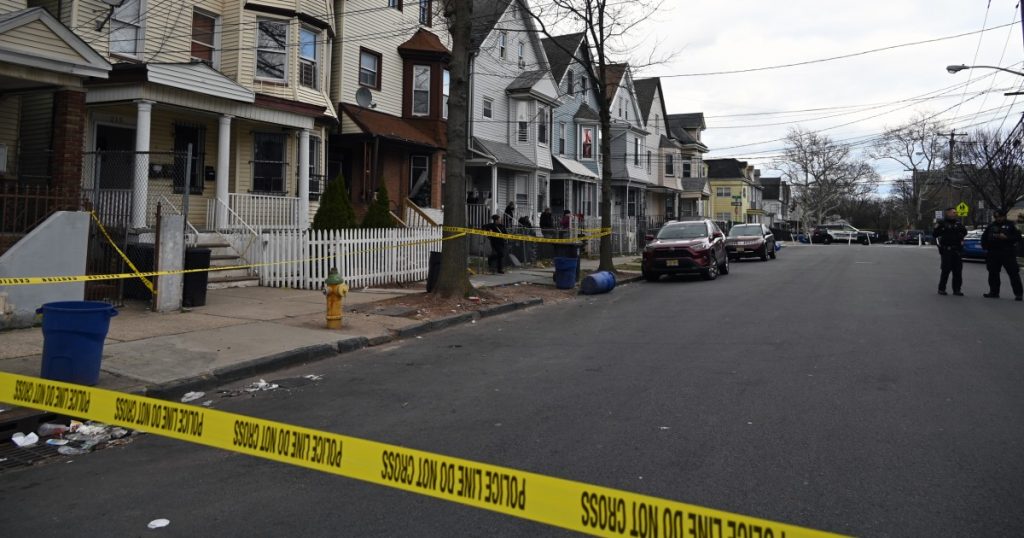Following a Friday morning earthquake in the Northeast, emergency management officials in New York City quickly mobilized to check for damage to key infrastructure such as bridges, tunnels, and nuclear plants. Despite finding no significant damage, experts emphasize the importance of considering worst-case scenarios in disaster preparedness efforts. While earthquakes are not as high of a priority on the East Coast compared to more seismically active regions like the West Coast, New York City and the state have implemented earthquake-specific measures including building codes that require structures to adhere to seismic standards.
The adoption of seismic building standards recommended by the American Society of Civil Engineers varies among different state and local jurisdictions in the Northeast. Larger cities like New York City tend to be more equipped to accommodate changes in building codes compared to smaller jurisdictions. Seismic building standards are designed based on regional earthquake-risk criteria rather than the magnitude of potential earthquakes. While earthquakes on the East Coast are generally less frequent and smaller than on the West Coast, they tend to be felt across wider areas due to the different geological composition of the region’s bedrock.
A magnitude 4.8 earthquake that occurred near Lebanon, N.J. on a Friday morning did not result in significant damage but served as a reminder of potential seismic risks in the region. Despite the lower seismic hazard compared to regions like California, experts caution against ruling out the possibility of a larger earthquake on the East Coast in the future. The abundance of older masonry and stone buildings in East Coast cities, including New York City, poses a challenge in earthquake preparedness efforts. Unlike jurisdictions in earthquake-prone California, New York City’s building codes generally do not require retrofitting of older structures to modern seismic standards.
The lack of damage from the recent earthquake should provide the public with confidence in the safety and resilience of the region’s infrastructure. While some may find ground shaking and building swaying unsettling, the overall performance of infrastructure during seismic events demonstrates that communities can feel secure in their surroundings. The rarity of earthquakes on the East Coast requires a balanced approach to assessing and mitigating risks, and the swift response of emergency management officials highlights the importance of preparedness efforts in ensuring the safety of residents and infrastructure in the face of unexpected seismic events.


